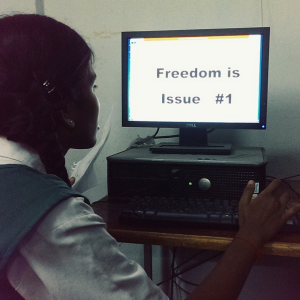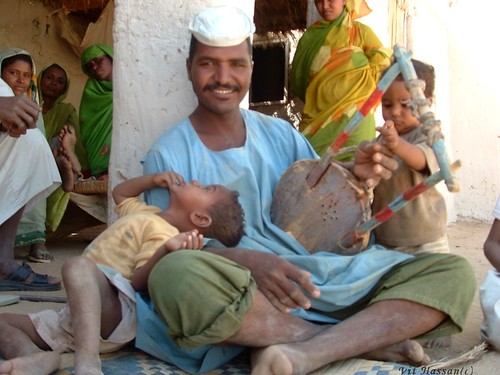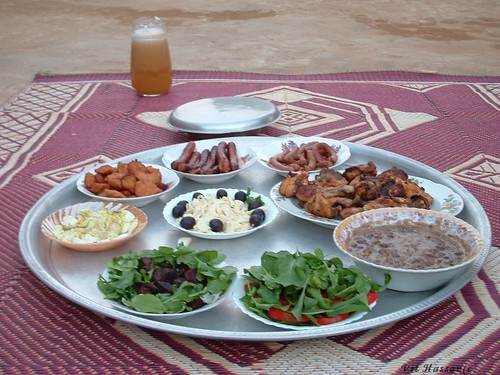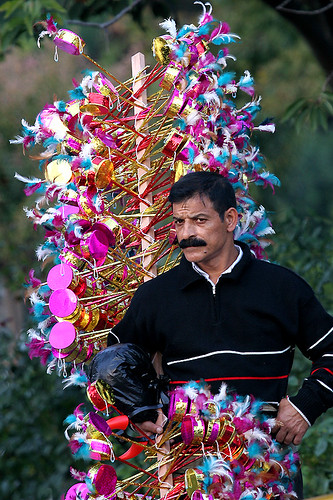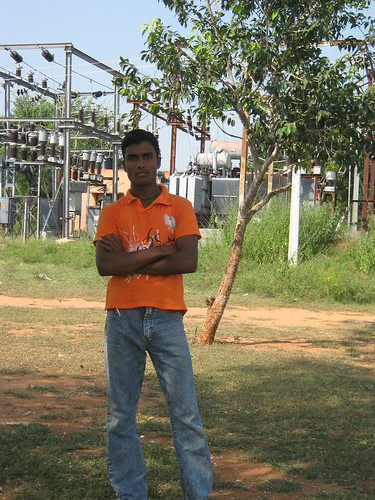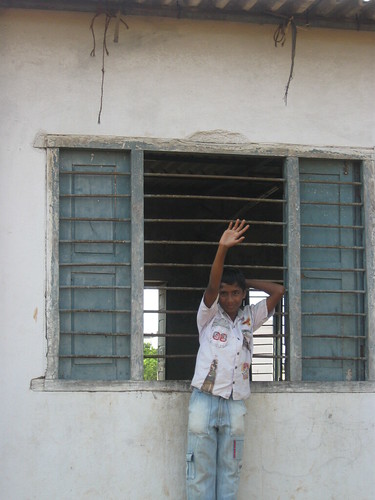Where I’m From
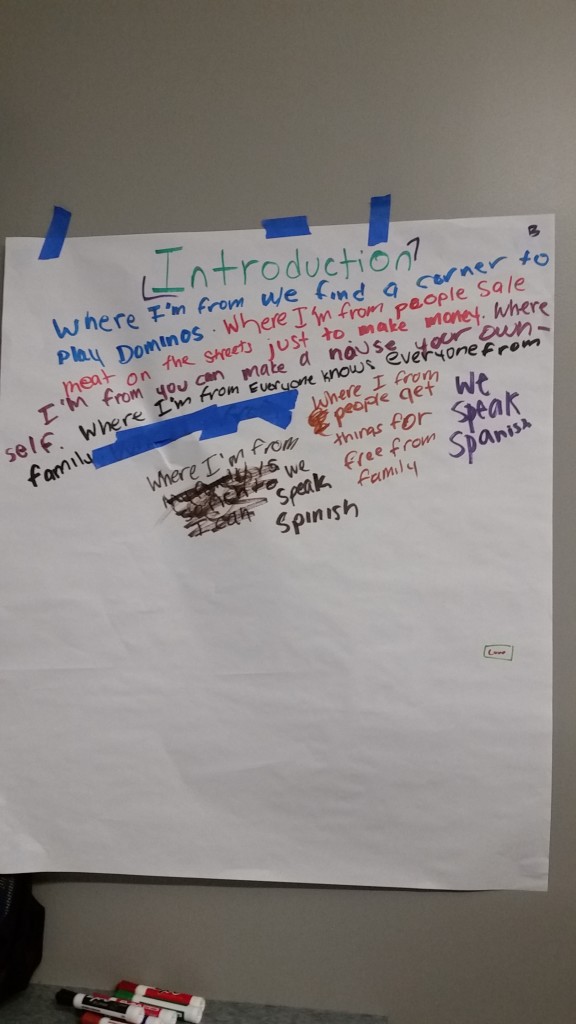 The first two weeks of our TMS Boston workshop have been an exciting and engaging experience for Fellows and scholars alike. Our first class focused on introducing ourselves to each other, as well as introducing our scholars to digital storytelling. After an initial icebreaker and a brief discussion about Community Code – how we would treat each other and, ultimately, create a safe space for us to share out stories with each other during our TMS classes – I shared my “Where I’m From” digital story. In planning the workshop, the other Fellows and I decided to encourage the scholars to create their own “Where I’m From” digital stories as a result of the high level of interest expressed by the Boys and Girls Club members when we showed them “Where I’m From” digital stories created by TMS Newark (NJ) Scholars during our recruiting efforts for the TMS Boston workshop. The members became noticeably energized and inquisitive when we followed the “Where I’m From” digital stories with a selection of those made by TMS Hyderabad scholars and informed them that the digital stories they would make in our TMS Boston workshop would provide them with the opportunity to share about themselves, their community, and their culture with TMS scholars in India and beyond. Based on their enthusiasm and interest, we decided to model our own digital stories in this manner.
The first two weeks of our TMS Boston workshop have been an exciting and engaging experience for Fellows and scholars alike. Our first class focused on introducing ourselves to each other, as well as introducing our scholars to digital storytelling. After an initial icebreaker and a brief discussion about Community Code – how we would treat each other and, ultimately, create a safe space for us to share out stories with each other during our TMS classes – I shared my “Where I’m From” digital story. In planning the workshop, the other Fellows and I decided to encourage the scholars to create their own “Where I’m From” digital stories as a result of the high level of interest expressed by the Boys and Girls Club members when we showed them “Where I’m From” digital stories created by TMS Newark (NJ) Scholars during our recruiting efforts for the TMS Boston workshop. The members became noticeably energized and inquisitive when we followed the “Where I’m From” digital stories with a selection of those made by TMS Hyderabad scholars and informed them that the digital stories they would make in our TMS Boston workshop would provide them with the opportunity to share about themselves, their community, and their culture with TMS scholars in India and beyond. Based on their enthusiasm and interest, we decided to model our own digital stories in this manner.
I was admittedly nervous about sharing my digital story, as it is the first one I’ve ever made, and it addresses some very personal experiences and issues that mean a great deal to me. Most importantly, I hoped that my digital story would serve as a good example and even an inspiration to the Scholars in their envisioning of their own stories that they would be telling. To my relief and delight, as soon as my story finished, everyone in the classroom started clapping immediately, and I knew from that moment onward that we would be able to accomplish great things within such a supportive community of digital storytellers.
One of our Fellow interns, Sam, showed her digital story after mine, and she too received a rousing ovation from the scholars.
After viewing both digital stories, we discussed the common themes between both of them, as well as the different images and Sam and I had used to tell our story. The scholars then brainstormed a list of images they would potentially use in their own “Where I’m From” digital stories and shared them with each other. Since it was their first time sharing with each other, some of the scholars were a bit timid, but once the “sharing juices” got flowing, those who were quiet began to participate, and we got to see how many great ideas were percolating amongst our eager scholars.
The rest of the first class was devoted to discussing general storytelling principles and practices, what digital storytelling is and what are the elements that go into making a digital story, and what type of digital stories the scholars would be making as new members of TMS. We ultimately ran out of time by the end of the first class due to th fact that the discussions we were engaging in had every scholar participating and contributing their ideas and opinions. The energy level was high, every scholar was engaged with each topic, and the scholars would build off of each others’ ideas while showing an impressive respect for each other and our collective space. My fellow TMS Fellow, Franklin, as well as the Fellow interns, Sam and Nicole, came away from the first class very impressed by ur scholars and energized for the classes to come.
The second, third, and fourth classes served to ease the scholars into the digital storytelling process, with the goal of having them draft their scripts during the second class, complete their scripts and storyboards in the third class, and actively producing audio and visual content in classes 3 and 4 during the second week. After Nicole shared her “Where I’m From” story at the beginning of class 2, scholars shared about a personal object that reminded them of where they’re from that we asked them to speak about with their peers.
This served as a good segue to sharing the TMS Newark scholars’ digital stories as an example of what our scholars could do with their own “Where I’m From” stories. After viewing these videos, scholars spent the remaining time brainstorming ideas for their stories and turning their ideas into scripts. Class 3 had scholars finishing their scripts and turning them into storyboards. Fellows and interns worked with scholars to adapt their ideas into scripts and storyboards that worked best for each individual scholar’s style. For example, one scholar expressed himself best verbally, and so Nicole decided that it would be best to ask him the brainstorming questions we had prepared for the scholars and to record his responses. In doing so, the scholar produced an impressive amount of audio narration content that they then worked together to cut down into more manageable pieces that could be edited into the final digital story. Two other scholars preferred to write short poems in the mold of the TMS Newark scholars, and so Sam and Franklin helped them complete their scripts and storyboards in a manner that supported their vision and complemented their skills. Class 4 had Fellows teaching scholars about audio (voiceovers and sounds) and visual (photos and videos) production using our digital cameras. After putting the finishing touches on their scripts and storyboards (their “text” content), scholars began creating their audio and visual content. They recorded their voiceovers, took photos, and researched images online that matched their text content. Scholars also began working on iMovie on the Boys and Girls Club’s iMacs in their Computer Clubhouse media room with support from Fellows and interns alike.
At the end of two weeks of TMS classes, and with only one more week to go, I find myself beyond inspired by our scholars and my peers. We are all working together to bring our stories to life, and in doing so, we are learning about each other and ourselves. It strikes me that this is the point. This is the reason we are doing what we are doing. This is why TMS does what it does. This is why I wanted to serve as a fellow. Because I believe we all have a great to deal share with and to learn from others, and that such elemental acts of reciprocity and respect are the primary means by which we may change our lives, our communities, and our world for the better. I am grateful for this experience, for my colleagues, and for my scholars. And I look forward to our final classes together.

